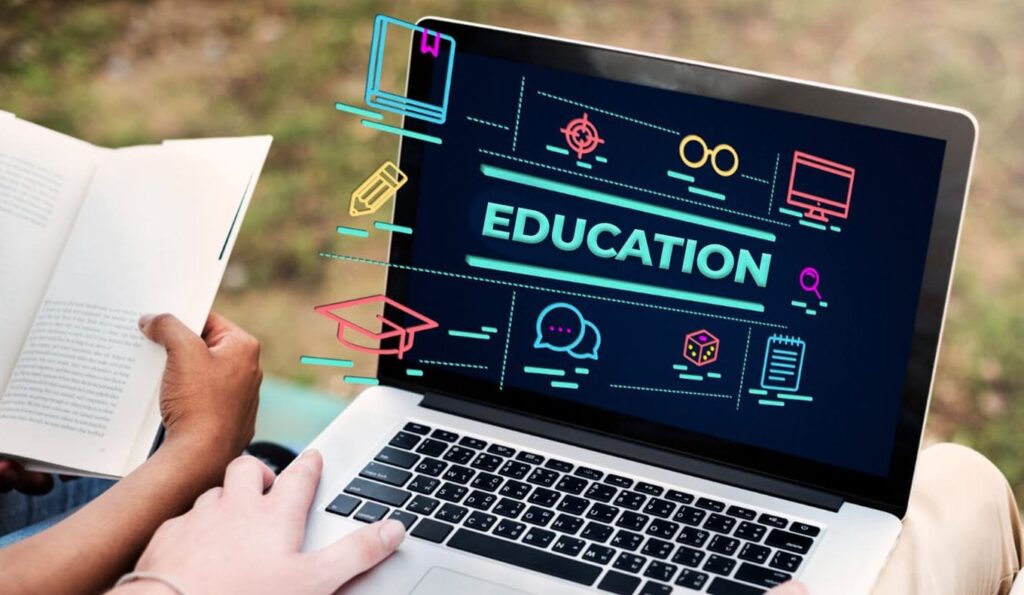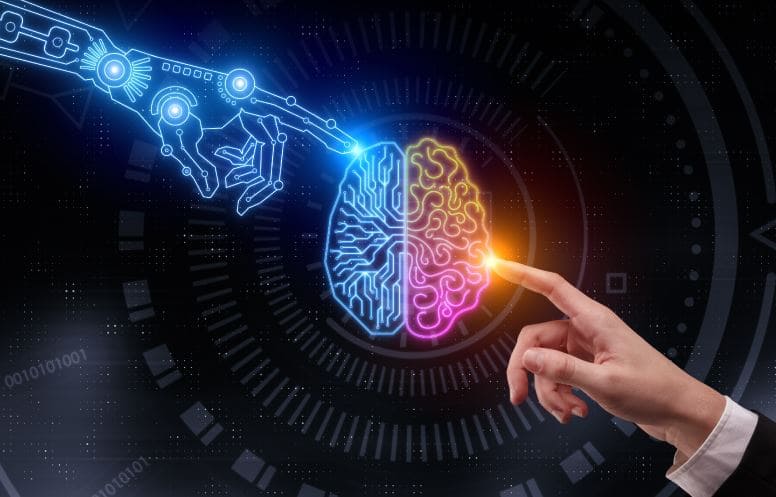Introduction
Technology has transformed the classroom by providing students with more adaptive learning experiences. For instance, technology has met each student’s unique needs and learning style since it provides an individualized learning process. This kind of individualized learning was impossible in traditional classrooms, demonstrating how technology integration enhances educational outcomes by allowing a higher degree of specialization to student’s needs. Technology is pivotal in enhancing educational outcomes by improving accessibility, personalizing learning experiences, and fostering digital literacy.
Improving Accessibility
Technology has been instrumental in dismantling barriers to education for people across geographic locations and socioeconomic backgrounds. For instance, the massive open online course (MOOC) movement has allowed over 100 million students worldwide to access university-level classes and materials via the Internet (Impey & Formanek, 2021, p. 1). This democratization of education is opening doors for many who previously struggled to access quality resources due to high costs or remote locales. With digital learning, someone in a rural community can take an MIT computer science course, and a low-income student can supplement their learning with expertly designed lectures. Overall, technology makes education more inclusive by expanding access beyond physical and financial constraints.

Personalizing Learning Experiences
By using technology, teachers can now customize curricula, instruction, and feedback to meet each student’s unique needs and interests. According to one study, artificially intelligent tutoring systems adapt to students’ knowledge gaps and learning tendencies by providing a one-on-one experience (Kamalov et al., 2023, p. 13). These AI tutors assess individual progress and difficulties, adjusting teaching strategies and practice in real-time to target problem areas. In addition, the shift away from one-size-fits-all education is paying dividends, with personalized approaches demonstrating increased motivation, engagement, and mastery. When learning experiences speak directly to students’ needs and learning styles, they become more invested and successful. The customization enabled by education technology holds great potential for unlocking every student’s talent.
Fostering Digital Literacy
Navigating the increasingly digital world requires a new set of skills beyond the traditional academic competencies. According to one analysis, new emerging jobs require workers to learn new technological skills (Ra et al., 2019, p. 27). Therefore, effective technology integration in the classroom is crucial to prepare students for this landscape. Students also build information literacy by learning to conduct online research, evaluate sources, and properly cite digital media. Whether mastering productivity software, creating an algorithm, or communicating across digital networks, the hands-on use of technology builds transferable digital skills. Students who develop these forms of literacy are better equipped for postsecondary education and the modern workforce. Integrating technology in the classroom fosters skills that will enable students to succeed now and in the future.
Conclusion
As discussed, technology is transforming education by expanding access, enabling personalization, and building critical digital skills for today’s world. Specifically, online platforms are breaking down barriers for disadvantaged learners, AI tutors are customizing instruction to each student’s needs and strengths, and hands-on use fosters transferable literacy in coding, information analysis, and digital communication. While integration must be thoughtful, technology’s potential to enhance educational outcomes is immense. Therefore, educators, parents, and policymakers should stay informed on effective implementation strategies to realize the promise of tech-enabled teaching and learning fully.
References
Impey, C., & Formanek, M. (2021). MOOCS and 100 days of Covid: Enrollment surges in massive open online astronomy classes during the coronavirus pandemic. Social Sciences & Humanities Open, 4(1), 1–9. https://doi.org/10.1016/j.ssaho.2021.100177
Kamalov, F., Santandreu Calonge, D., & Gurrib, I. (2023). New era of artificial intelligence in Education: Towards a sustainable multifaceted revolution. Sustainability, 15(16), 1-27. https://doi.org/10.3390/su151612451
Ra, S., Shrestha, U., Khatiwada, S., Yoon, S. W., & Kwon, K. (2019). The rise of technology and impact on skills. International Journal of Training Research, 17(sup1), 26–40. https://doi.org/10.1080/14480220.2019.1629727


